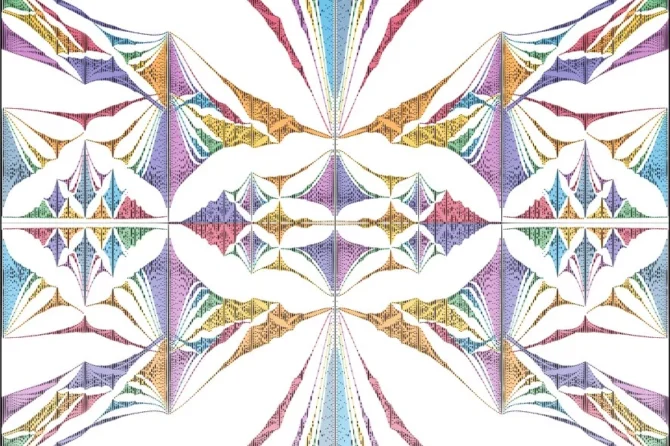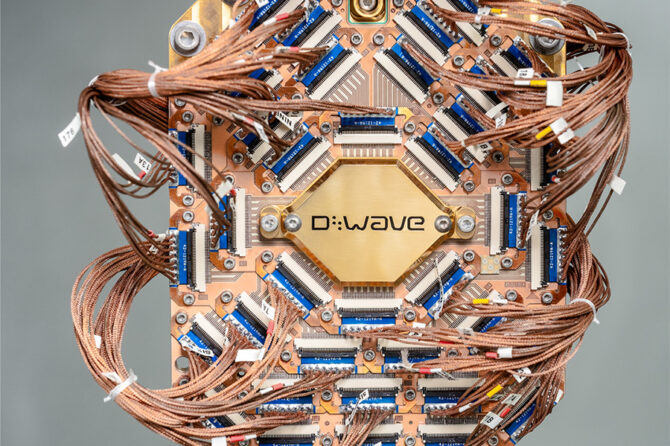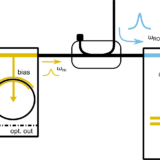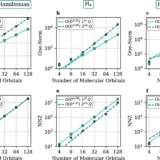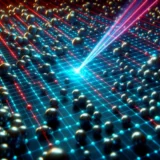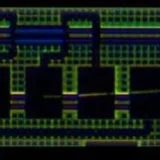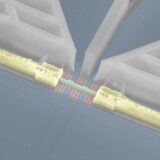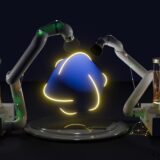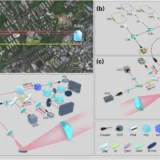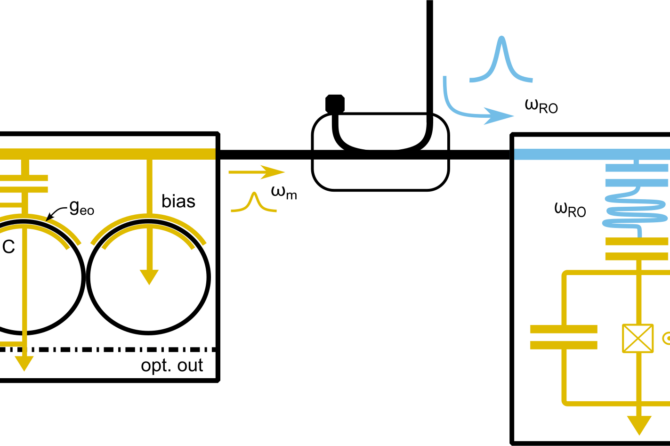
Scientists Develop Groundbreaking Quantum Photon Router
Harvard scientists have developed a groundbreaking photon router that creates an optical interface between light signals and superconducting microwave qubits, potentially solving a major quantum computing challenge by enabling different quantum systems to communicate efficiently without bulky wires, thus bringing distributed, fiber-optic-based quantum computers closer to reality.


